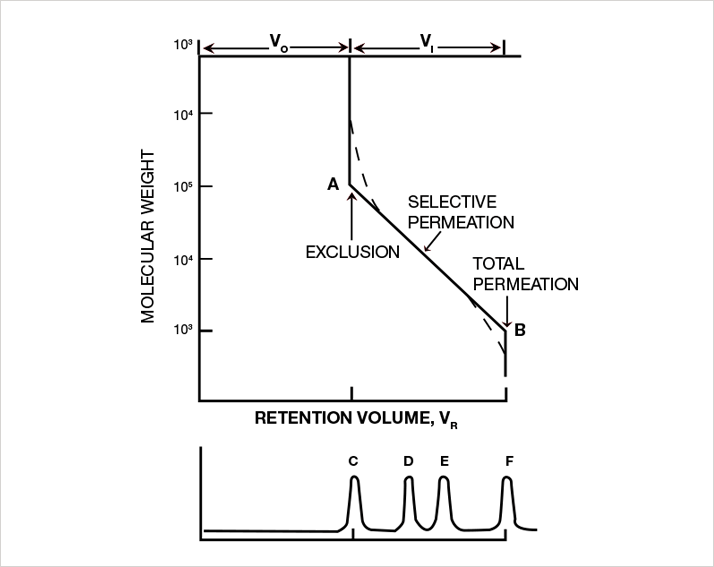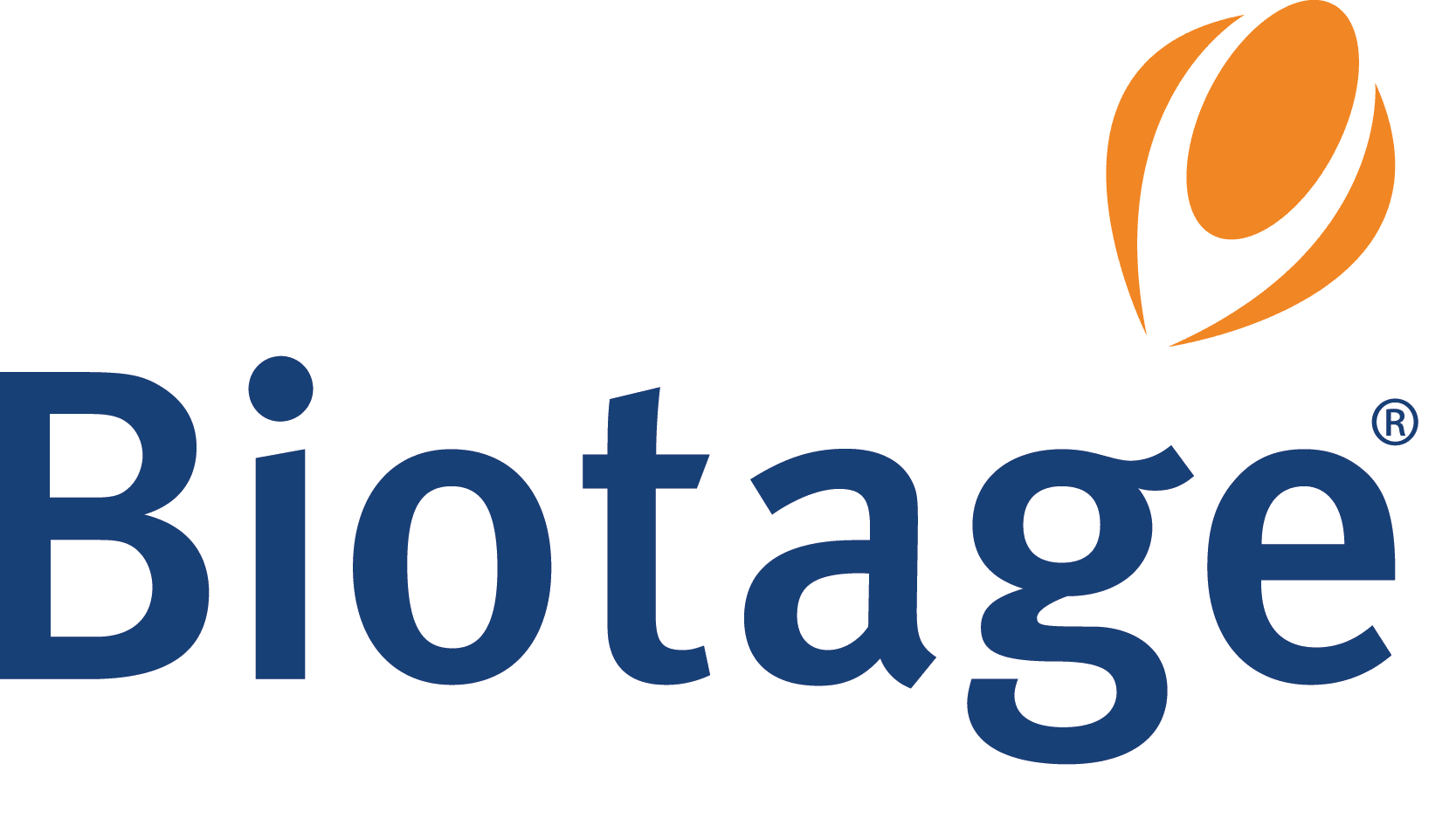Introduction
Gel Permeation Chromatography (GPC) is principally used to separate polymers and organic molecules based on their size. An important aspect in optimizing GPC separations is column selection, especially when multiple columns are used. Mobile phase selection and column temperature are also important factors that must be considered when developing a method, as they can influence the solubility and viscosity of diluent and analyte respectively. Column, mobile phase, and temperature selection will be discussed to optimize GPC methods using Phenogel GPC/SEC columns.
 TN-1100 APPLICATIONS
TN-1100 APPLICATIONSGPC is one of the older “modern” chromatography methods with many of the methodologies and separation columns developed in the 1970’s and 1980’s. GPC is a type of size exclusion chromatography (SEC) where analytes are separated based on differences in their size in solution. Since the molecular weight of an analyte is typically directly proportional to its size in solution, SEC is often used as a method for estimating the molecular weight of an analyte. One type of SEC is gel filtration chromatography (GFC) where the separation method is used on proteins and biomolecules using an aqueous mobile phase. In the case of GPC, the Separation method is performed using organic solvents as a mobile phase, and the HPLC columns employed typically are packed with porous polystyrene-divinylbenzene (PSDVB) particles. The analytes separated by GPC are typically organic polymers, though the smaller pore size columns are also used to separate small molecules. Unlike reversed phase or other separation modes where separation is based on interaction with the particle surface, GPC separation of analytes is based mostly on their ability to permeate the porous particle; large analytes are fully excluded from the pores and elute first, followed by smaller analytes. The smallest analytes are able to permeate all the pores and thus elute last in the separation. Establishing the effective molecular weight range of a separation is based on the pore size of the column (or columns) used for a separation. Because backpressures are not typically an issue with GPC columns (because organic solvent is used for mobile phase), often several columns are used in series to increase the resolution or increase the molecular weight (MW range of a separation. Optimizing such separation ranges and the choice of single pore size media versus the use of wide range (linear) columns will be discussed. In addition, the choice of mobile phase solvent can be critical when polymer solubility is in question; temperature is also used to address solubility issues as well as to match viscosity between diluent and mobile phase.
Results and Discussion
Pore Size
To develop any new polymer GPC separation method one must first have an idea of the separation range that they are addressing. All analytes larger than the pore size of a column will be equally Gel Permeation Chromatography (GPC) is principally used to separate polymers and organic molecules based on their size. An important aspect in optimizing GPC separations is column selection, especially when multiple columns are used. Mobile phase selection and column temperature are also important factors that must be considered when developing a method, as they can influence the solubility and viscosity of diluent and analyte respectively. Column, mobile phase, and temperature selection will be discussed to optimize GPC methods using Phenogel GPC/SEC columns. excluded and elute as a single peak; similarly, all analytes that fully permeate the pores of a column will elute at the same time. It is only within a certain molecular weight range that analytes are separated,
and that is column specific (Figures 1 and 2).
 Figure 1. Theoretical separation plot of a GPC column. Components D and E (between the total excluded and included size of a particular GPC column) will be separated by differences in their molecular weight. Components C and F (fully excluded and included, respectively) will likely be a mixture of multiple components. Reprinted with permission.1
Figure 1. Theoretical separation plot of a GPC column. Components D and E (between the total excluded and included size of a particular GPC column) will be separated by differences in their molecular weight. Components C and F (fully excluded and included, respectively) will likely be a mixture of multiple components. Reprinted with permission.1




